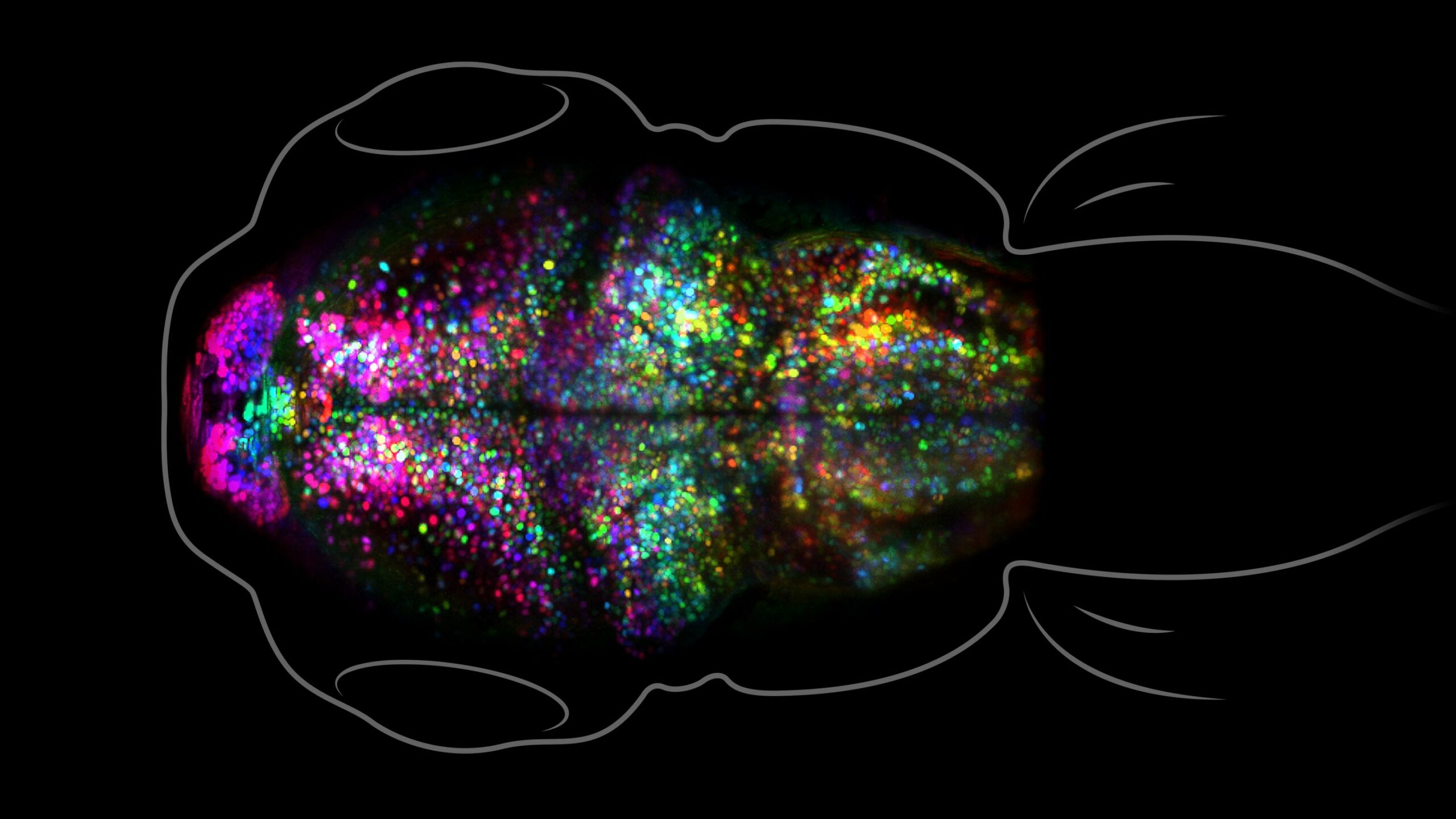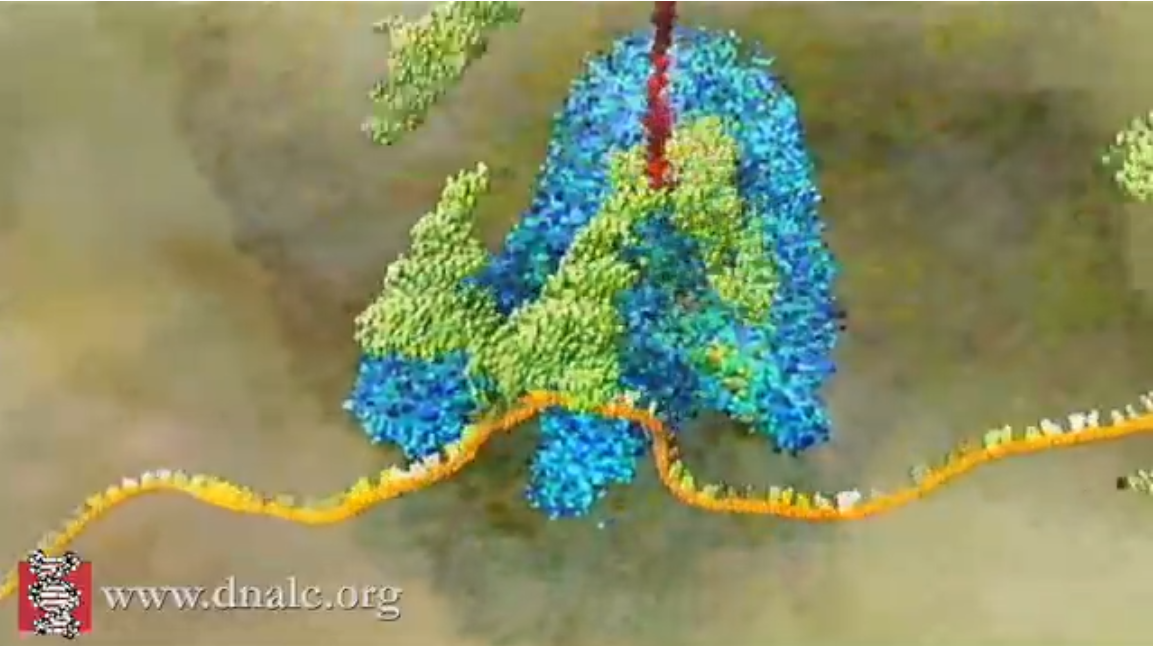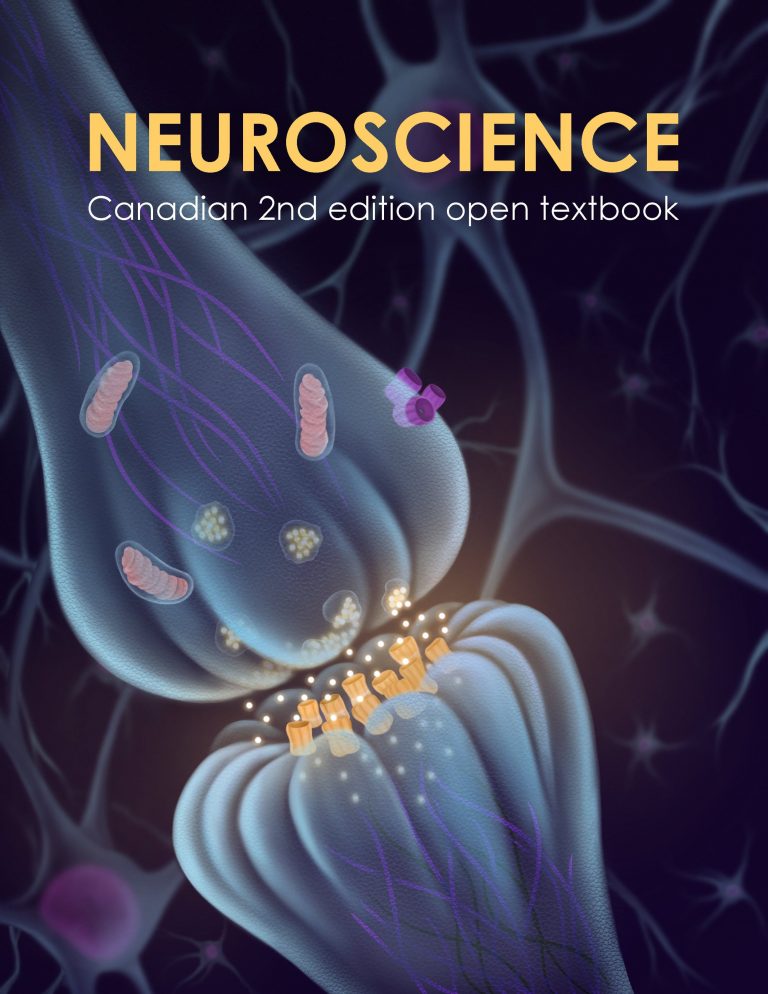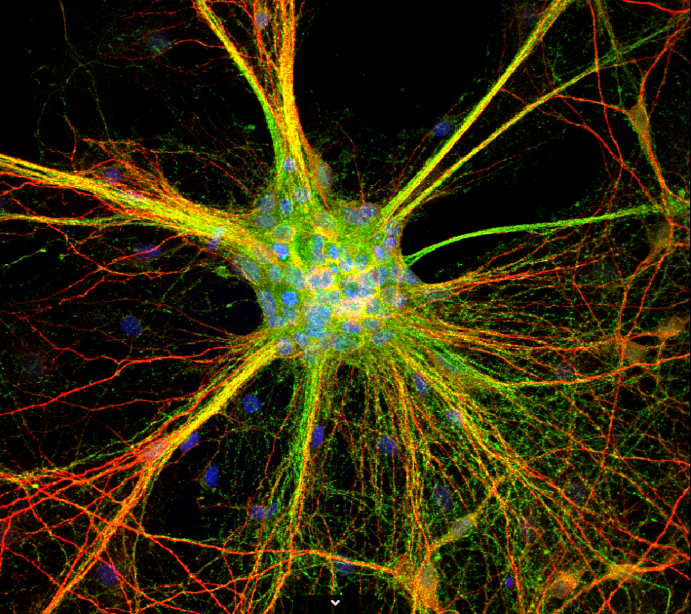Tuesday, 13 December 2022
The Dog Vision

The Dog VISION website pulls off the neat trick of giving you some idea of how dogs see the world. As you probably know, every species of animal has its own particular set of sensory systems through which it perceives not THE world but rather ITS world. Thinkers such as James Gibson (pp. 26-34) and Francisco Varela (pp.191) developed their ideas about this relationship between an animal’s body and its environment in the 1970s and 1980s, drawing on the pioneering work of Jakob von Uexküll and his landmark book A Foray Into the Worlds of Animals and Humans, published in 1934. All of these biologists, psychologists and philosophers (I’m also thinking of Thomas Nagel and his famous paper, “What Is It Like to be a Bat?” ) have warned us against the ready temptation to assume that other species of animals have the same relationship with the world that we do. For example, Varela, who studied colour perception extensively, liked to say that every species “lives in its own chromatic space” and that for any given species, this space is not necessarily optimal, but has simply proven adequate to ensure the survival of that species to the present time. (more…)
The Senses | Comments Closed
Monday, 21 November 2022
Zebrafish brain images may reveal neuronal bases of emotional memory
 As is well known, memories with heavy emotional connotations—especially negative ones—are very strong. In extreme cases of post-traumatic stress, such memories can be so recurrent and intrusive that they make life a living hell. In mammals, the brain structure most highly involved in such negative memories is the amygdala. But while much research has been done on the hippocampus, which is the brain structure involved in spatial, lexical and other forms of memory, the amygdala has received much less attention, in part because it is so hard to access. To get around this problem, a research team at the University of Southern California, in Los Angeles, used larval zebrafish and a fluorescence-based imaging method to visualize the changes that occurred in the synapses of the pallium (the fish brain structure equivalent to the amygdala) after aversive conditioning. The surprising results were published in the journal PNAS in January 2022, in an article entitled “Regional synapse gain and loss accompany memory formation in larval zebrafish”. (more…)
As is well known, memories with heavy emotional connotations—especially negative ones—are very strong. In extreme cases of post-traumatic stress, such memories can be so recurrent and intrusive that they make life a living hell. In mammals, the brain structure most highly involved in such negative memories is the amygdala. But while much research has been done on the hippocampus, which is the brain structure involved in spatial, lexical and other forms of memory, the amygdala has received much less attention, in part because it is so hard to access. To get around this problem, a research team at the University of Southern California, in Los Angeles, used larval zebrafish and a fluorescence-based imaging method to visualize the changes that occurred in the synapses of the pallium (the fish brain structure equivalent to the amygdala) after aversive conditioning. The surprising results were published in the journal PNAS in January 2022, in an article entitled “Regional synapse gain and loss accompany memory formation in larval zebrafish”. (more…)
Memory and the Brain | Comments Closed
Monday, 31 October 2022
A set of stunning animations
 Today I want to let you know about a set of stunning animations produced by the DNA Learning Center, which was founded by the Cold Spring Harbor Laboratory in 1988 to educate the general public about issues related to genetics. The DNA Learning Center’s Biology Animations web page contains some 50 animations about DNA, RNA, proteins and their complex interactions. Most of these animations are just a few minutes long, and all of them are are so realistic that they take your breath away—a far cry from the 2D and 3D animations that you may have seen where everything is smooth and steady and all the colours are uniform. Instead, in these animations, everything moves and pulsates, as if you were moving through the living molecular jungles inside the tiniest human cells. (more…)
Today I want to let you know about a set of stunning animations produced by the DNA Learning Center, which was founded by the Cold Spring Harbor Laboratory in 1988 to educate the general public about issues related to genetics. The DNA Learning Center’s Biology Animations web page contains some 50 animations about DNA, RNA, proteins and their complex interactions. Most of these animations are just a few minutes long, and all of them are are so realistic that they take your breath away—a far cry from the 2D and 3D animations that you may have seen where everything is smooth and steady and all the colours are uniform. Instead, in these animations, everything moves and pulsates, as if you were moving through the living molecular jungles inside the tiniest human cells. (more…)
From the Simple to the Complex | Comments Closed
Monday, 10 October 2022
A free neuroscience textbook
 Today I want to tell you about an excellent neuroscience textbook that you can read online absolutely for free! Neuroscience: Canadian 2nd Edition Open Textbook” is a very complete, typical undergraduate-level treatment of its subject, divided into four units: 1. Neuroscience: The Basics; 2. Neurodegeneration; 3. Fundamental Neuroscience Techniques (and when to use them); and 4. Emergent Topics in Neuroscience. Unit 1 covers not only the anatomy and physiology of the entire nervous system, but also those of the system, which is so closely linked to it. Unit 3, on neuroscience techniques, is fairly extensive, explaining highly complex techniques such as optogenetics. Unit 4 delves into subjects that are getting a lot of attention from cognitive scientists today and that you’d never have seen in a neuroscience textbook 10 or 20 years ago, such as the beneficial effects of art, exercise and meditation on the brain. The book also includes quiz questions and links to videos on other websites. (more…)
Today I want to tell you about an excellent neuroscience textbook that you can read online absolutely for free! Neuroscience: Canadian 2nd Edition Open Textbook” is a very complete, typical undergraduate-level treatment of its subject, divided into four units: 1. Neuroscience: The Basics; 2. Neurodegeneration; 3. Fundamental Neuroscience Techniques (and when to use them); and 4. Emergent Topics in Neuroscience. Unit 1 covers not only the anatomy and physiology of the entire nervous system, but also those of the system, which is so closely linked to it. Unit 3, on neuroscience techniques, is fairly extensive, explaining highly complex techniques such as optogenetics. Unit 4 delves into subjects that are getting a lot of attention from cognitive scientists today and that you’d never have seen in a neuroscience textbook 10 or 20 years ago, such as the beneficial effects of art, exercise and meditation on the brain. The book also includes quiz questions and links to videos on other websites. (more…)
From the Simple to the Complex | Comments Closed
Monday, 22 August 2022
Neurons as Works of Art
 If you visit the website that I’m going to tell you about today, you’re likely to kill a lot of time there, as I just did. But if visiting a museum to enjoy beautiful art isn’t really killing time, then neither is visiting NeuroArt® —an online gallery of gorgeous images of neurons and the brain, produced with dyes, tracers and a variety of other technical methods. (more…)
If you visit the website that I’m going to tell you about today, you’re likely to kill a lot of time there, as I just did. But if visiting a museum to enjoy beautiful art isn’t really killing time, then neither is visiting NeuroArt® —an online gallery of gorgeous images of neurons and the brain, produced with dyes, tracers and a variety of other technical methods. (more…)
From the Simple to the Complex | Comments Closed







